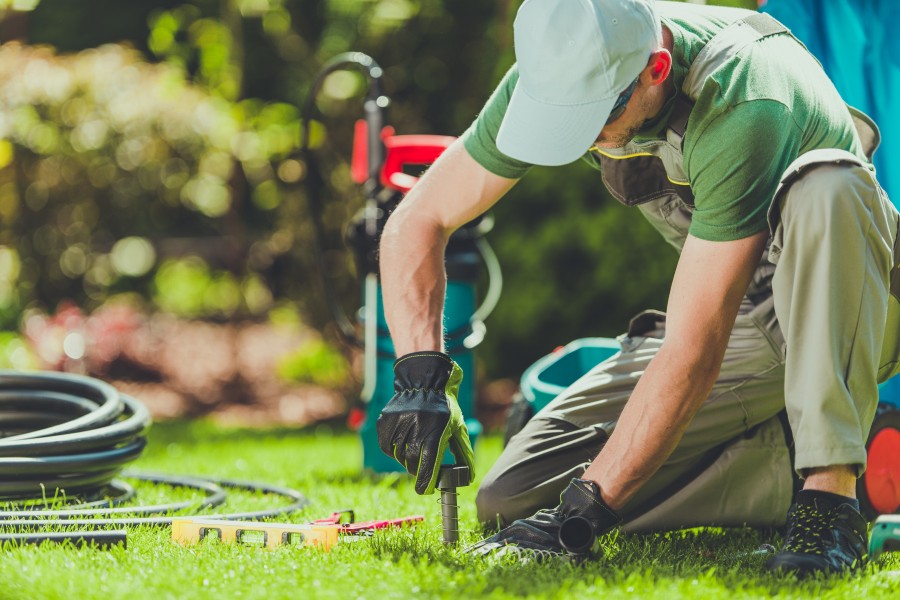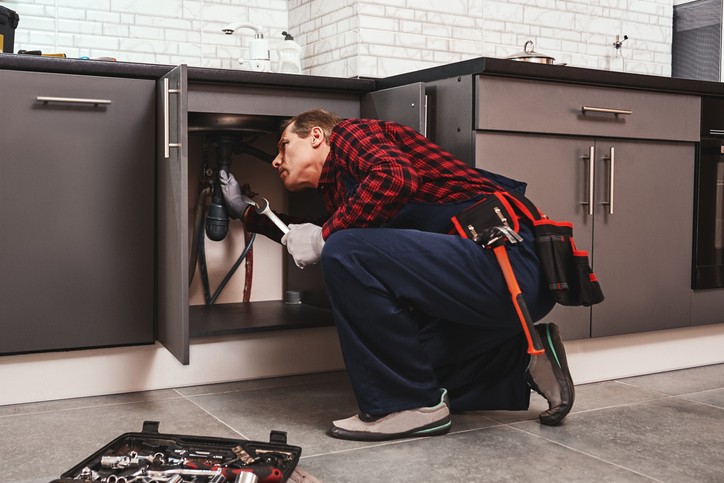6 things to know about landscape irrigation design
This article aims to provide readers with important tips and advice on the best practices to use when designing an efficient irrigation project, no matter the size of the garden. By integrating certain irrigation solutions and ergonomic products, your garden’s needs can be catered while the results will be truly stunning.
1. Identify the water source
What is of great importance is to identify the water source to the irrigation system since landscape design and planning depends largely on hydraulics. For this reason, you should be able to know where the water comes from and, also, the flow rate. To explain further, you should know how much water is available per minute and the water pipe’s size since it determines the water’s speed and pressure.

2. Address the coverage area
A uniform distribution of water is also vital in order for all areas to be properly and consistently irrigated. Thus, the irrigation placement should be done in a way that covers many shapes and sizes, for all areas to be evenly irrigated. This can be ensured with each sprinkler head to be adjusted with various different nozzles so that there is a “head-to-head coverage”.
3.Know your plants and the topography
Whether you want to irrigate a small private residential property or a large commercial one, you should definitely know what type of plants are going to be irrigated. This is crucial for deciding how much water is necessary. Also, the soil texture is another factor to consider; different textures require more or less water so the more information is available the more effective and efficient the landscape irrigation design will be.
4.Plan your irrigation placement
What you should also have in mind is that irrigation design should have proper zoning. Specifically, plants and turfs should not be placed together since their water needs are vastly different. While turf requires 1” of precipitation on a weekly basis, plants have various needs, according to each species. What will be definitely catastrophic is to water them all together since their needs and requirements need to be addressed individually.
5.Ensure proper zoning
For proper zoning to be succeeded, pipe routing should be properly placed, with the appropriate hydraulics, so that the irrigation system can bring water to all zones. Notably, Elysee’s innovative products and irrigation systems are flexible and expandable to accommodate growing demands.
6.Have the right tools
Finally, you need to have the right tools, according to your own project, budget, and preference. Elysee has a variety of different irrigation products and solutions, with many benefits, including water and cost-efficient solutions, which are suitable for both residential and commercial use. At the same time, you can find bespoke and innovative products with flexible design and of the highest quality that are easy-to-install, eco-friendly, and corrosion-free. Notably, everything is patented and engineered in Elysée’s in-house R&D facility.
For comprehensive information on landscape design and irrigation solutions, you can download Elysee’s free guidebook, which covers, among others, modern landscape irrigation strategies, tips, techniques, and hardware.





